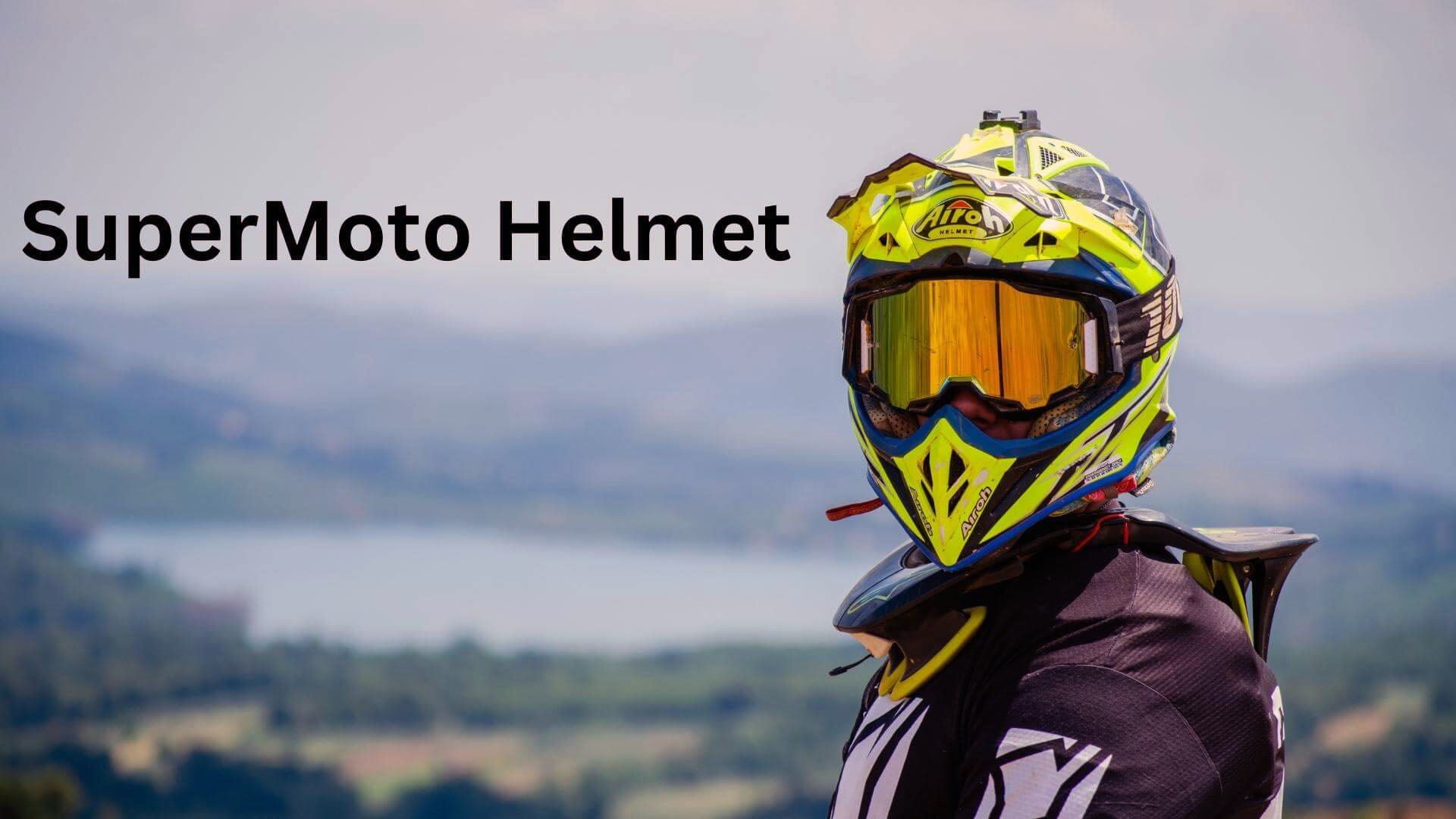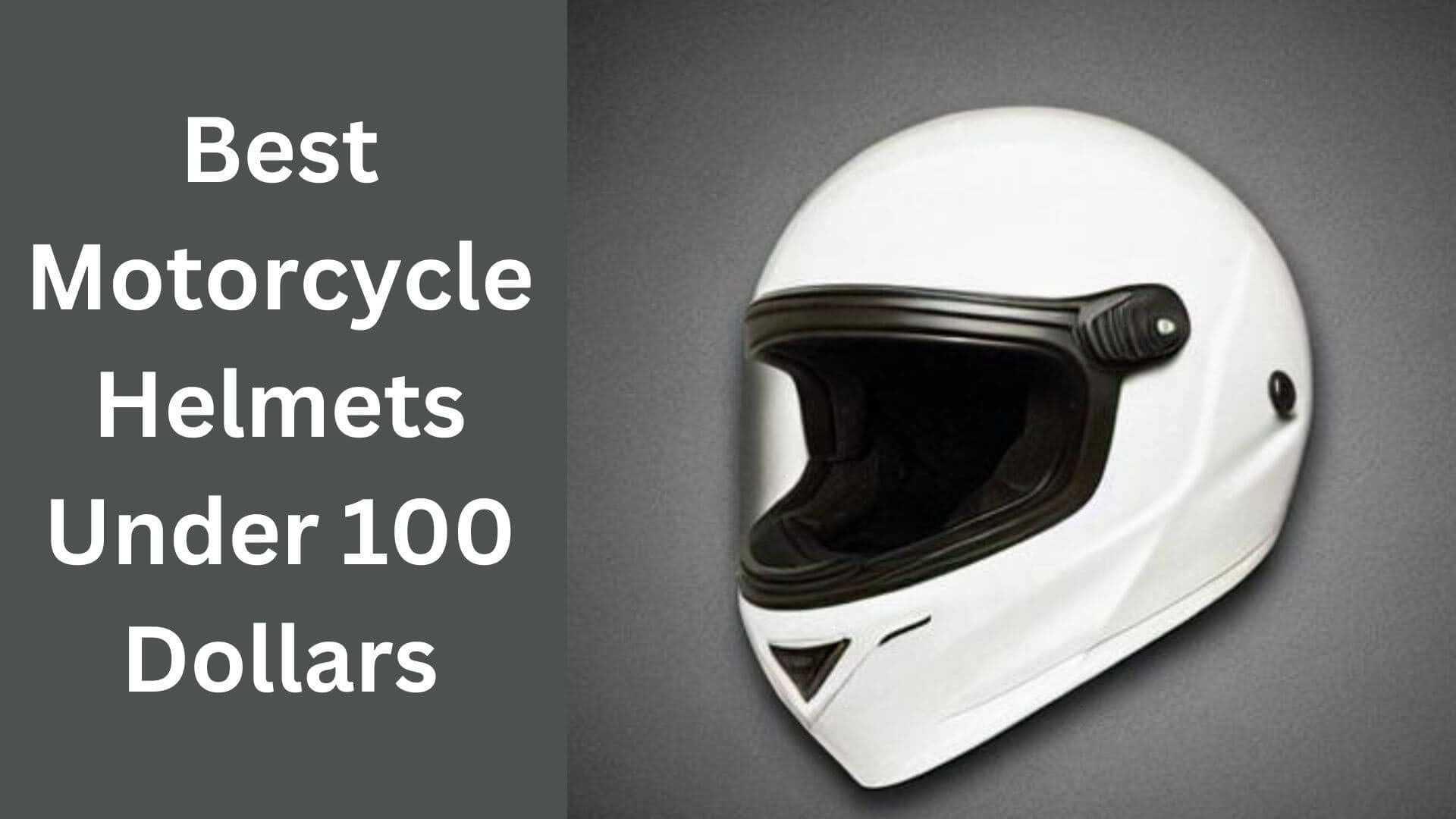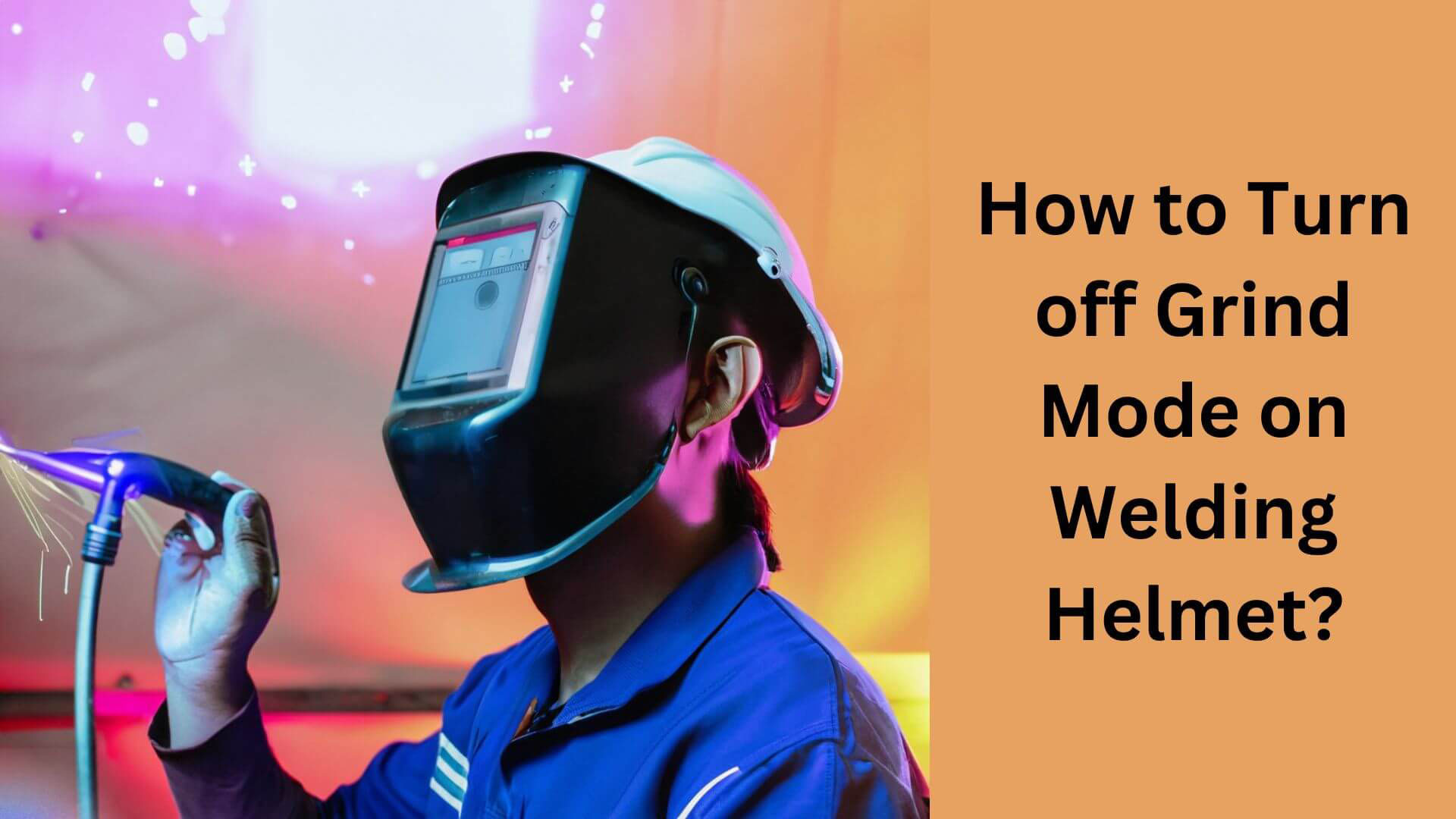How Do Welding Helmets Work? Unveiling the Magic
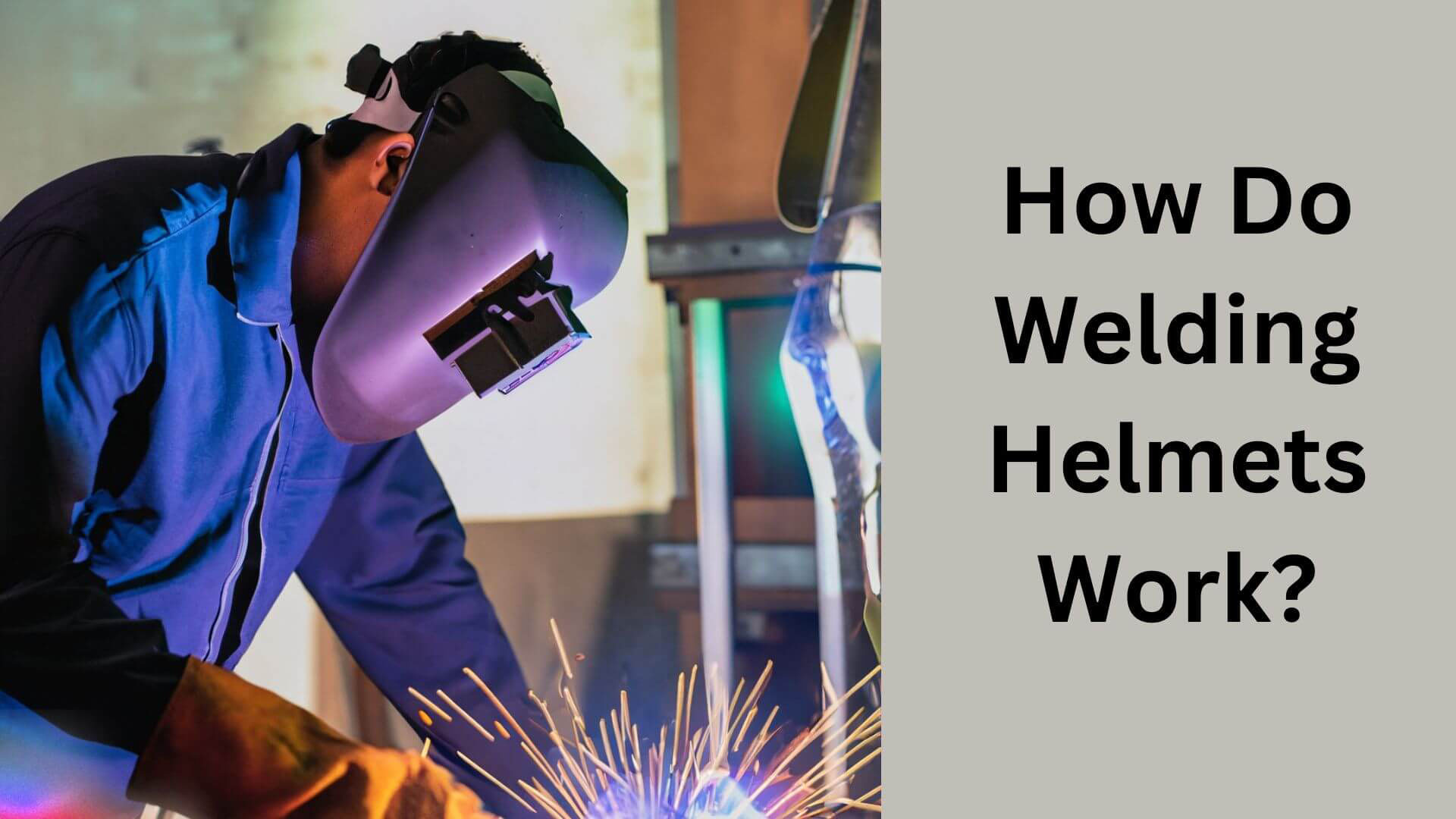
Are you curious about the magic behind welding helmets? Do you wonder how they protect the welder’s eyes and face from the bright and harmful sparks and rays?
Welding helmets are crucial safety gear for welders, and understanding their mechanism is essential for anyone working with welding tools. But how do welding helmets work?
Welding helmets work by protecting the welder’s face from sparks, heat, and harmful radiation. Welding can be dangerous, exposing the welder to bright light, infrared and ultraviolet radiation, and high temperatures.
A welding helmet protects welders from these hazards and gives them the necessary visibility to make accurate and precise welds.
In this article, I’ll dive into the technicalities of welding helmets, from the lens shade to the auto-darkening feature, to comprehensively understand how these helmets protect welders.
Whether you’re a seasoned welder or simply curious, keep reading to learn more about how welding helmets work.
How Do You Welding Helmets Work Properly?
Here Discover the inner workings of welding helmets and learn how they function to ensure optimal safety and protection:
1. Understanding The Working Principle Of Welding Helmets
Welding helmets are an essential safety accessory that shields welders from intense ultraviolet and infrared (UV/IR) radiation, flying sparks, and other debris that can cause long-term damage or injuries to the eyes and face.
Here are some key points to understanding the working principles of welding helmets:
- A standard welding helmet comprises a hard outer shell, a cushioned inner shell, a filter lens, and a cover plate.
- The filter lens blocks harmful UV/ir radiation and allows visible light to pass through, enabling welders to see more clearly.
- Most welding helmets come with a shade range of 9 to 13, which can be adjusted depending on the type of welding and the amperage used.
- Welding helmets are designed to provide full-face coverage to protect the eyes, face, and neck from burns, electric shock, and other hazards.
2. The Role Of Lenses
Lenses play a crucial role in welding helmets, ensuring optimal visibility and protection for welders. Here’s what you need to know:
- Welding lenses are made of specially designed glass, polycarbonate, or auto-darkening filter (ADF) material.
- The lens’s color or shade number correlates with the helmet’s shade number and provides varying degrees of UV/or protection.
- Welding lenses can be removable or fixed, and some helmets come with a grind mode that allows welders to switch to a lighter shade for grinding and preparation work.
Read More: Gearing Up: How Quick is Your Welding Helmet’s Defense?
3. The Importance Of Auto-Darkening Welding Helmets
Auto-darkening welding helmets (adwh) are rapidly gaining popularity among welders, offering exceptional comfort, convenience, and safety benefits. Here’s why you should consider investing in an adwh:
- Adwhs use sensors to detect the welding arc and automatically adjust the lens shade, eliminating the need to flip the helmet up and down constantly.
- Adwhs enable welders to see the workpiece and the surroundings clearly, minimizing the risk of accidents and mistakes.
- Adwhs promote better neck and back posture by reducing the weight and strain of the helmet, helping welders work more efficiently and comfortably.
Read More: A Guide to Adjusting Your Welding Helmet
4. Types Of Sensors Used In Welding Helmets
Welding helmets use two types of sensors: optical sensors and arc sensors. Here’s what you need to know:
- Optical sensors detect changes in ambient light and are less sensitive to the welding arc’s intensity and position.
- Arc sensors rely on the welding arc’s intensity and position to adjust the shade level accurately, making them ideal for tig and mig welding.
- Welding helmets with more sensors provide better coverage and accuracy, ensuring absolute protection and visibility for the welder.
5. The Impact Of Shade Lenses On Helmet Performance
The shade lens is one of the most critical components of a welding helmet, as it determines its visibility, clarity, and comfort. Here’s why shade lenses matter:
- The shade lens should match the type and intensity of the welding arc, with higher shades used for higher amperage welding.
- The shade lens should be free of scratches, dust, and other defects affecting the welder’s vision.
- The shade lens should be replaced periodically or whenever damaged or discolored to ensure optimal protection and performance.
6. Advancements In Welding Helmet Technology
Welding helmet technology has come a long way over the past few years, with new features and innovations enhancing welding safety and efficiency. Here are some of the latest advancements in welding helmet technology:
- High-definition lenses provide crystal-clear views of the workpiece and surroundings, enabling welders to make precise, accurate welds.
- Smart helmets that connect to smartphones or tablets provide real-time monitoring and diagnostic information about the welding process.
- Lightweight and ergonomic designs that reduce fatigue and strain on the neck and back, enabling welders to work longer and more comfortably.
Read More: Are Welding Helmet Necessary?
How to Do Auto Darkening Welding Helmets Work?
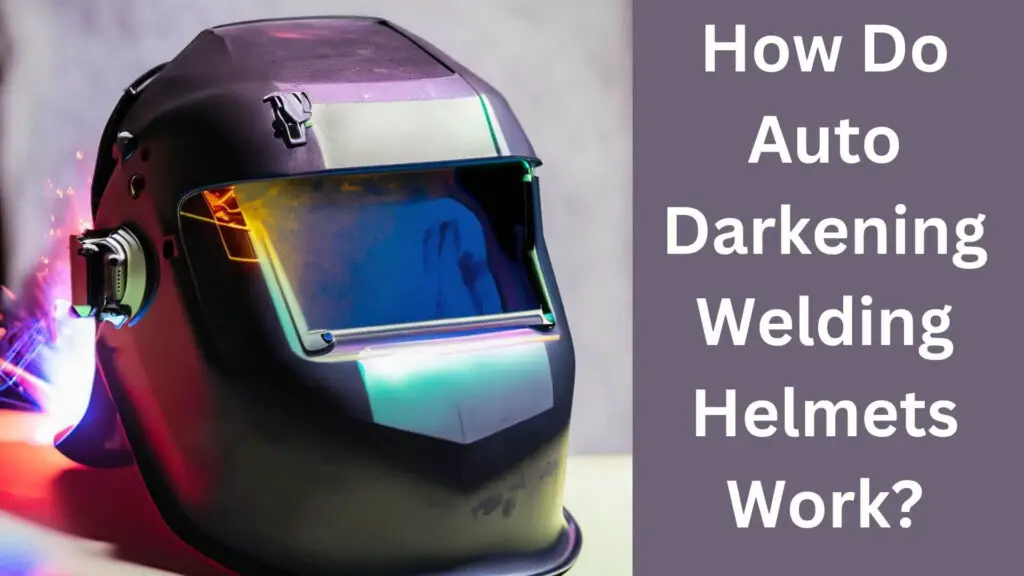
Auto-darkening welding helmets protect welders from harmful radiation, eye damage, and burns. They utilize advanced technology that detects an arc’s bright light and darkens the lens within milliseconds to protect the welder’s eyes.
The helmets contain a light sensor and a liquid crystal display (LCD) powered by batteries. The LCD comprises a layer of liquid crystals aligned in a particular way, allowing light to pass through when not energized.
When an arc is detected, the light sensor sends a signal to the LCD, causing the crystals to become misaligned and darken the lens. The helmet’s sensitivity can be adjusted to detect different brightness levels, providing optimal protection for the welder.
Auto-darkening helmets are comfortable, lightweight, and offer better visibility than traditional helmets, making them the go-to choice for professional welders.
Read More: How to Tell If a Welding Helmet Is Working?
How Do Self-Darkening Welding Helmets Work?
Self-darkening welding helmets are a crucial piece of equipment for any welder. But have you ever wondered how they work?
These helmets use a combination of sensors and specialized lens technology to protect the welder from harmful radiation.
When the helmet rests, the lens is transparent, allowing the welder to see their work area. However, as soon as the welding arc is struck, the sensors in the helmet detect the bright light and automatically darken the lens.
This is achieved by using a liquid crystal display (LCD) coated with a layer of photochromic dye. When exposed to UV light, the coloring activates and darkens the lens, protecting the welder’s eyes from the intense light and radiation produced during welding.
It is important to note that these helmets should be regularly inspected and maintained to ensure they function correctly and provide adequate protection for the welder.
Read More: How To Use Welding Helmet?
How Do Solar-Powered Welding Helmets Work?
Solar-powered welding helmets have become increasingly popular due to their numerous benefits. One of the most significant advantages of these helmets is that they protect the welder’s eyes from harmful radiation emitted during welding. But how do they work?
The answer lies in their solar panels. These panels are located on the helmet’s exterior and convert sunlight into electricity. The electricity produced is then used to power the helmet’s auto-darkening filter.
When the welder starts welding, the filter automatically darkens to the appropriate shade, protecting the welder’s eyes from the welding arc’s intense light.
Additionally, these helmets have a battery backup that ensures the filter remains active despite limited sunlight. This feature makes solar-powered welding helmets reliable, efficient, and environmentally friendly.
If you’re a welder looking for a safer and more effective way to protect your vision, a solar-powered welding helmet is an excellent choice.
Read More: How Often Should You Replace a Welding Helmet?
Choosing The Right Welding Helmet
The perfect welding helmet is crucial for safety and comfort during welding operations. Let’s explore the key factors to consider:
1. Considerations When Choosing A Welding Helmet
Welding helmets are essential to ensure welders’ safety, as they protect their eyes and faces from extreme heat, sparks, and dangerous ultraviolet radiation.
However, only some welding helmets provide the same level of protection and comfort, making it crucial to choose the right one for the job.
Here are some essential considerations when selecting a welding helmet:
- Weight: Find a lightweight, comfortable helmet to prevent neck pain and discomfort during extended welding sessions.
- Protection level: Ensure that the helmet meets safety standards and provides adequate protection for the job.
- Helmet size: Consider head size and shape when choosing a helmet and ensure it fits snugly to protect against radiation entering through gaps.
- Ergonomics: Choose a helmet with adjustable features to customize it to your comfort level and enhance overall control.
2. Factors To Consider When Selecting Lenses
The lens is one of the most essential parts of a welding helmet, as it provides visibility and protects the eyes from glare. Here are some factors to consider when selecting lenses:
- Shade rating: The lens’s shade rating should match the type of welding and brightness of the light. Standard shade ratings range from 8 to 13.
- Sensitivity: Look for a lens with adjustable sensitivity to provide clear visibility while minimizing eye strain.
- Reaction time: Choose a helmet with a fast reaction time to protect your eyes from sudden flashes of bright light.
3. The Impact Of Lens Size On Helmet Effectiveness
Lenses come in different sizes, and the length of the lens can impact the helmet’s effectiveness. A larger lens provides a larger viewing area, increasing visibility and allowing for better control.
However, larger lenses can also be heavier, reducing comfort levels and making the helmet more cumbersome.
4. Different Types Of Lens Materials
Welding helmet lenses can be made from various materials, each with benefits and drawbacks. Here are some common lens materials used in welding helmets:
- Glass: Traditional glass lenses provide clear visibility but can break easily, increasing the risk of eye injury.
- Polycarbonate: Polycarbonate lenses are shatter-resistant and provide excellent impact resistance, making them suitable for overhead welding and heavy-duty tasks.
- Auto-darkening: Auto-darkening lenses use a filter that automatically adjusts to the brightness level, eliminating the need to flip the helmet up and down. They also provide better visibility and reduce eye strain.
5. Recommendations For Selecting The Right Welding Helmet For The Job
Selecting the fitting welding helmet for the job is critical to ensure safety and comfort. Here are some general recommendations to consider when choosing a welding helmet:
- Choose a lightweight helmet with adjustable features to customize the fit and enhance overall control.
- Consider the type of welding required and match the lens’s shade rating to the job’s brightness level.
- Look for a helmet with a fast reaction time to protect against sudden flashes of bright light.
- Opt for an auto-darkening lens to provide better visibility and reduce eye strain.
Read More: Visual Excellence: Seeing Clearly with Your Welding Helmet
How Do Maintaining Your Welding Helmet?
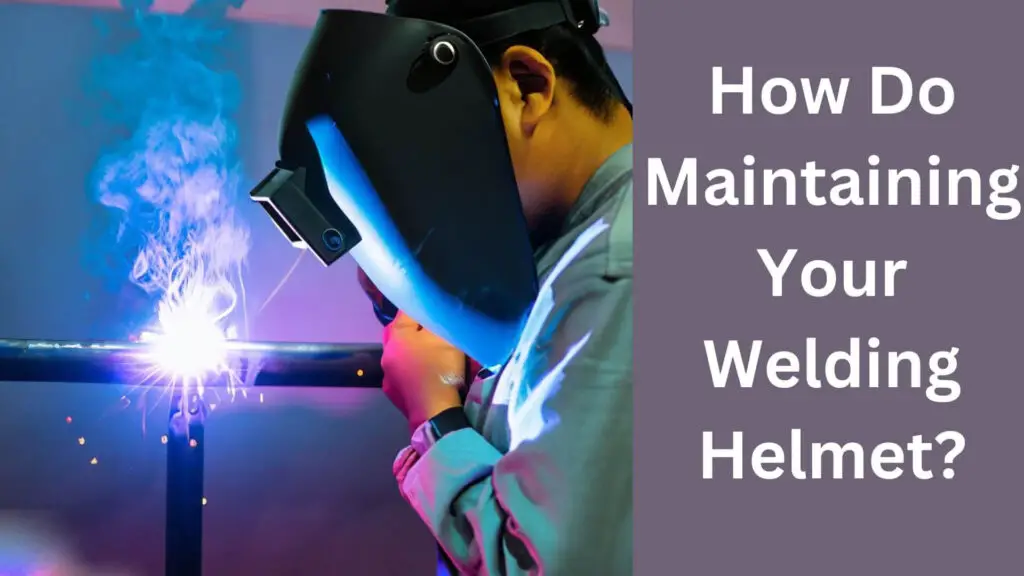
Maintaining your welding helmet is crucial to ensure it functions appropriately and protects you from harmful welding arcs. Here are the key points to keep in mind:
1. Importance Of Regular Maintenance
- Regular maintenance is essential to keep your welding helmet functional and ensure it lasts for years.
- It helps to prevent any damage to the helmet lens or components caused by slag, spatter, or debris.
- A well-maintained welding helmet can keep the welding arcs from causing eye fatigue or headaches.
2. Cleaning And Maintenance Best Practices
To ensure your welding helmet lasts as long as it should and functions correctly, follow these best practices:
- Clean the helmet regularly to prevent the buildup of slag, spatter, or other debris.
- Use a damp cloth and mild detergent to remove dirt and debris from the helmet shell and lens.
- Ensure the helmet’s lenses, headgear, and auto-darkening filters are appropriately tightened to avoid damaging its internal components.
- Keep the helmet stored in a cool and dry place when not in use to avoid any potential damage.
3. How Often To Replace Your Welding Helmet
While regular maintenance can help extend the lifespan of your welding helmet, it may still eventually need to be replaced. Here are some key points to keep in mind:
- If the lens is cracked or damaged, it should be replaced immediately.
- If the auto-darkening filter is not functioning correctly, it is time to replace it.
- If you experience discomfort or notice any damage to the headgear or other components, you may need to replace the helmet.
4. Common Repair Concerns For Welding Helmets
If you notice a problem with your welding helmet, such as a damaged lens, consider these standard repair options:
- Replace any faulty components like the auto-darkening filter or headgear.
- If the helmet shell becomes cracked or damaged, consider repairing or replacing it professionally.
- Check the helmet’s warranty, as it may still be covered for repairs or replacement.
Maintaining your welding helmet ensures proper functioning and safety during welding work. Following these best practices and knowing when to replace damaged components can keep your welding helmet in top shape for years.
Read More: Charging Your Welding Helmet: Essential Tips for Uninterrupted Protection
How To Use A Welding Helmet
Welding helmets are crucial gear to have while performing welding tasks. They protect you from severe burns caused by the bright light that emanates from the welding arc. Hence, before starting your welding job, it is essential to understand how to use a welding helmet properly.
1. Safety Considerations When Using A Welding Helmet
Before using your welding helmet, it is essential to consider a few safety precautions to maximize its effectiveness and longevity. Here are some safety considerations you should keep in mind:
- Always use a welding helmet with the right shade level for your welding job. The shade level can vary depending on the type of welding you are doing.
- Ensure that the helmet you use meets safety standards like ansi z87.1-2010.
- Before starting any welding job, check your helmet for any visible signs of damage, such as cracks, broken parts, or loose headgear.
2. Helmet Adjustment Instructions
Adjusting your welding helmet is crucial for comfortable use and proper welding protection. Follow these helmet adjustment instructions for optimal comfort and security:
- First, adjust the headgear by loosening the adjustment knob and tilting the helmet backward or forward. After that, tighten the knob until you achieve a snug fit.
- Adjust the distance between your helmet and face using the helmet’s ratchet mechanism. This helps ensure you can see clearly without any visual hindrance.
- Finally, adjust the angle of the helmet by tilting the helmet’s front lens up or down. This is important because it lets you direct light away from your eyes while welding.
3. Proper Use Of The Helmet’S Features
Welding helmets come with a variety of features that are designed to improve the welding experience. Here are some features and their proper use:
- Auto-darkening lenses include sensors that detect the brightness level and darken automatically when welding starts. Proper use of the auto-darkening feature eliminates the need to flip the welding helmet up and down constantly.
- Grind mode: This feature temporarily turns off the auto-darkening function and allows you to grind without removing the helmet. Proper use of the grind mode ensures your helmet stays in place, even during grinding tasks.
- Breathing vents: Properly using the helmet’s breathing vents helps reduce heat and moisture, ensuring comfort during long welding tasks.
Safety Tips And Guidelines For Welding With A Helmet
Welding helmets are crucial gear to protect you from light and harmful radiation. Here are some safety tips and guidelines for welding with a helmet:
- Always ensure the helmet is firmly on your head before starting any welding job.
- Do not remove the welding helmet before the arc stops completely.
- Never use a cracked or damaged helmet.
- Inspect the lens regularly for scratches or damage, and replace them if necessary.
- Always use high-quality helmets that meet safety standards set by organizations like Ansi.
A welding helmet can be secure, comfortable, and effective by following these safety guidelines, adjustment instructions, and proper use of the helmet’s features. You are ready to start your welding job now!
Read More: Unveiling the Best Practices for Charging Your Welding Helmet
Frequently Asked Questions Of How to Do Welding Helmets Work
How Do Welding Helmets Protect Your Eyes?
Welding helmets shield your eyes from harmful UV and IR radiation, preventing retina damage.
How Do Auto-Darkening Welding Helmets Work?
Auto-darkening welding helmets have solar cells and light sensors that sense arc light and automatically adjust lens shade.
How Do You Choose The Right Lens Shade For Welding?
Choose a lens shade based on the welding application and amperage range; welding shades range from 6 to 14.
How Do You Maintain Your Welding Helmet?
Clean the helmet regularly with mild soap and water, and replace the lens cover plates when scratched or pitted.
How Do You Troubleshoot A Welding Helmet That Isn’t Working?
Check the battery, lens shade, cover plate, headgear, and helmet shell for any damage or malfunction. Replace components as necessary.
The Final Word
Welding helmets are an invaluable tool for professionals and enthusiasts, combining safety, comfort, and technology.
The evolution of welding helmets has come a long way from its basic form, and now, it includes several add-ons and features to provide complete protection for the welder.
Many modern designs come with auto-darkening lenses and offer immediate shade adjustment, allowing the welder to adjust the shadow curve to the best position for their specific task. They also come with adjustable headgear, making them comfortable for extended periods.
Helmet manufacturers now focus on ensuring helmets are durable, light-weighted, and versatile to accommodate the different welding applications.
Furthermore, advancements in welding helmet peripherals, such as the respiratory systems, have improved the helmet’s usability.
Welding helmets work on the principle of providing complete protection against UV/infrared radiations, electrical arcs, and heat emissions in a comfortable and durable hat-like design.

Hey, I’m Hrithik Hossain. I am the head of helmethacks.com, which specializes in safety helmets. I am looking to connect with anyone interested in purchasing a helmet or who has any questions about different types of helmets. I have over 8 years of experience as a helmet expert, and I can’t wait to help you find the perfect helmet for you. I can help you with any questions regarding helmets, from the best brands to fitting, style, and more! I really enjoy keeping people safe by ensuring they have the best protection possible.



